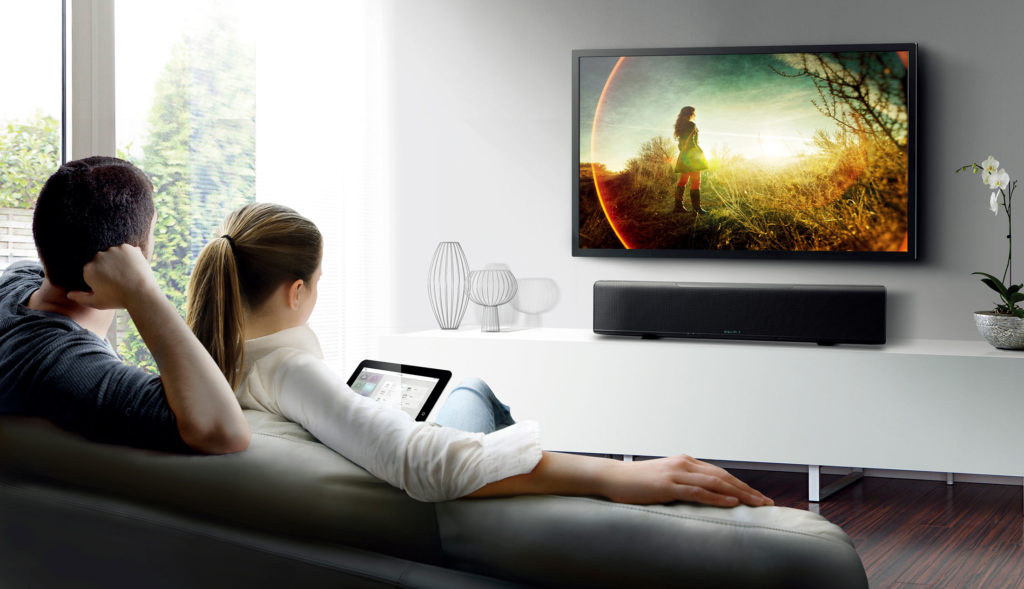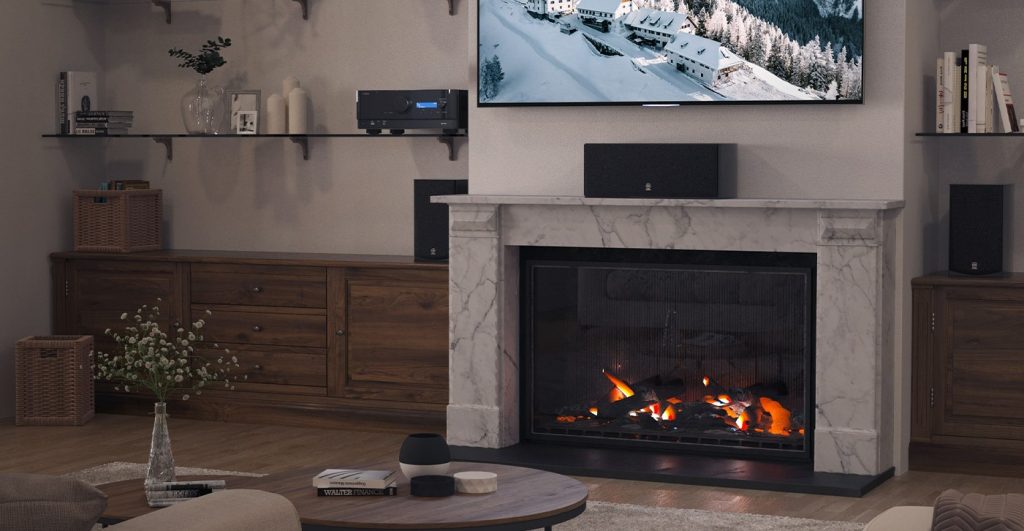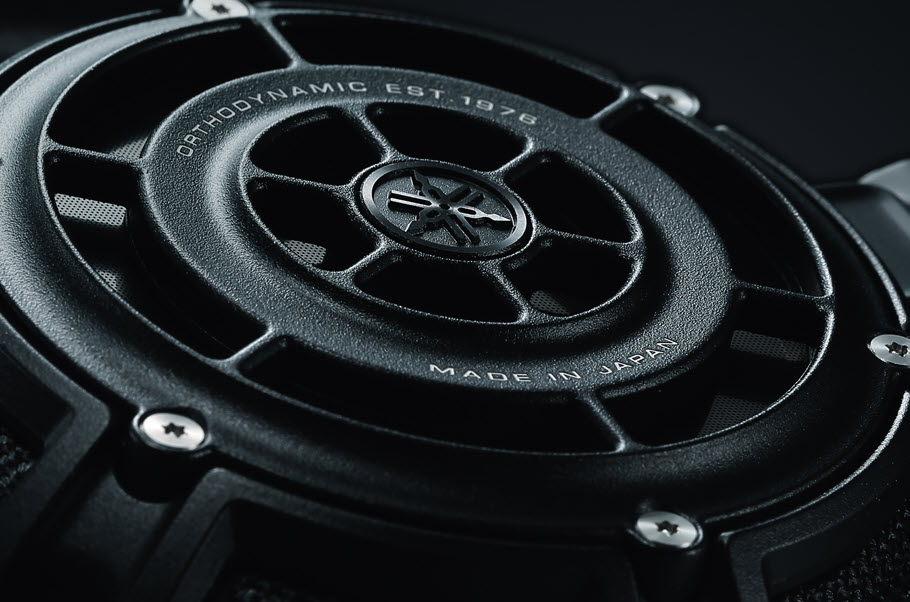Vintage vs. Modern Yamaha Receivers: A Case Study
Which high-end model would you buy?
Vintage or modern? When it comes to audiophile Hi-Fi gear, there’s a certain caché surrounding classic components from the analog era. But does it make sense to invest significant money in older equipment?
To provide more perspective on that question, we offer a case study comparing two audiophile stereo receivers from Yamaha, one modern and one vintage.
The contemporary model is the R-N2000A, which Yamaha released in 2022.
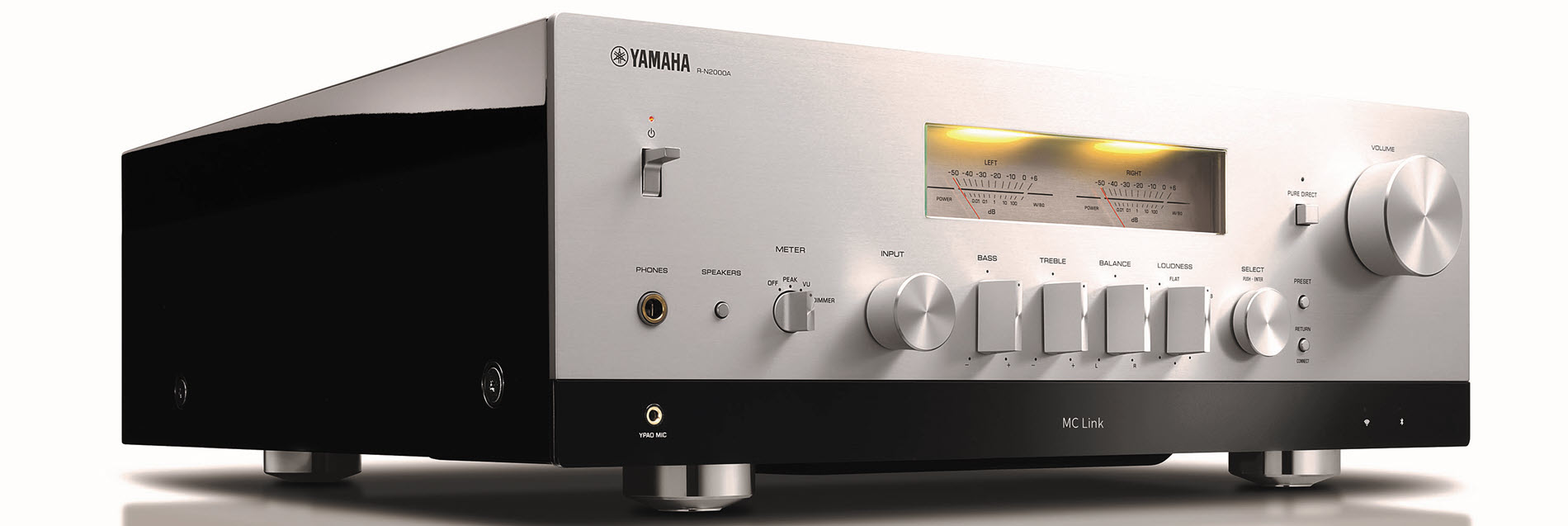
The vintage receiver is the Yamaha CR-2020, which hit the market in 1977. It was priced at $750, but in today’s dollars, its equivalent would be $3,673, so it’s essentially in the same price range as the RN-2000.

Functionality
“A Hi-Fi receiver is tasked with three basic functions,” says Phil Shea, Content Development Manager for Consumer Audio at Yamaha. “Select a source, pre-amplify and sculpt the sound, then cleanly amplify the source signal to power the loudspeaker system.”
From a sound quality standpoint, the CR-2020 can hold its own with its modern descendant. “You still get your imaging and staging and dynamics,” Shea says. “All that stuff was there back then, and it’s here today. A quality receiver produces a listening experience that yields a realistic soundstage with a width, depth and height while accurately reproducing the vocals, instruments and even the acoustics of the performance venue itself.
“In some ways, the classics had it a little easier,” he adds. “They were only required to play back analog sources. The content was recorded in analog, mixed in analog and delivered in analog. And the equipment was optimized for that task. Digital audio wasn’t ‘a thing’ until the Compact Disc appeared in 1983. That’s why vintage products of the 1970s lack any digital inputs.”
Today’s receivers have to do a lot more than the basic functions. They must handle various digital formats, none of which existed when the CR-2020 was designed, such as Bluetooth®, Optical, USB and HDMI ARC audio. Consequently, they require many more I/O connections and a digital-to-analog converter (DAC).
Connectivity
If you only use your Hi-Fi system to listen to vinyl, you’ll be happy with a vintage unit. But if you want to stream audio from your mobile device or laptop, send the HDMI ARC output from your TV through your system, or connect your router directly with an Ethernet cable, you’ll be out of luck, as you can see if you compare the rear panels of the two units, as shown below.
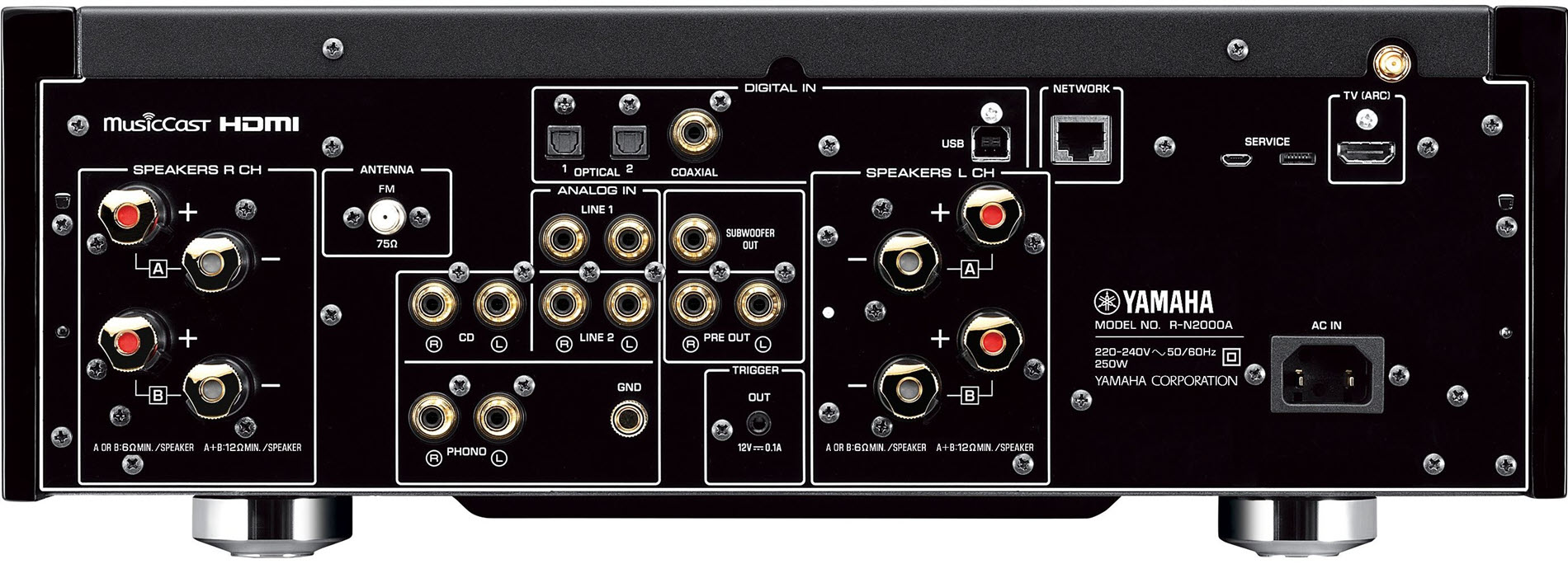

Contemporary receivers like the RN-2000A are like Swiss Army knives for digital sources, providing users with many more listening options, like these:
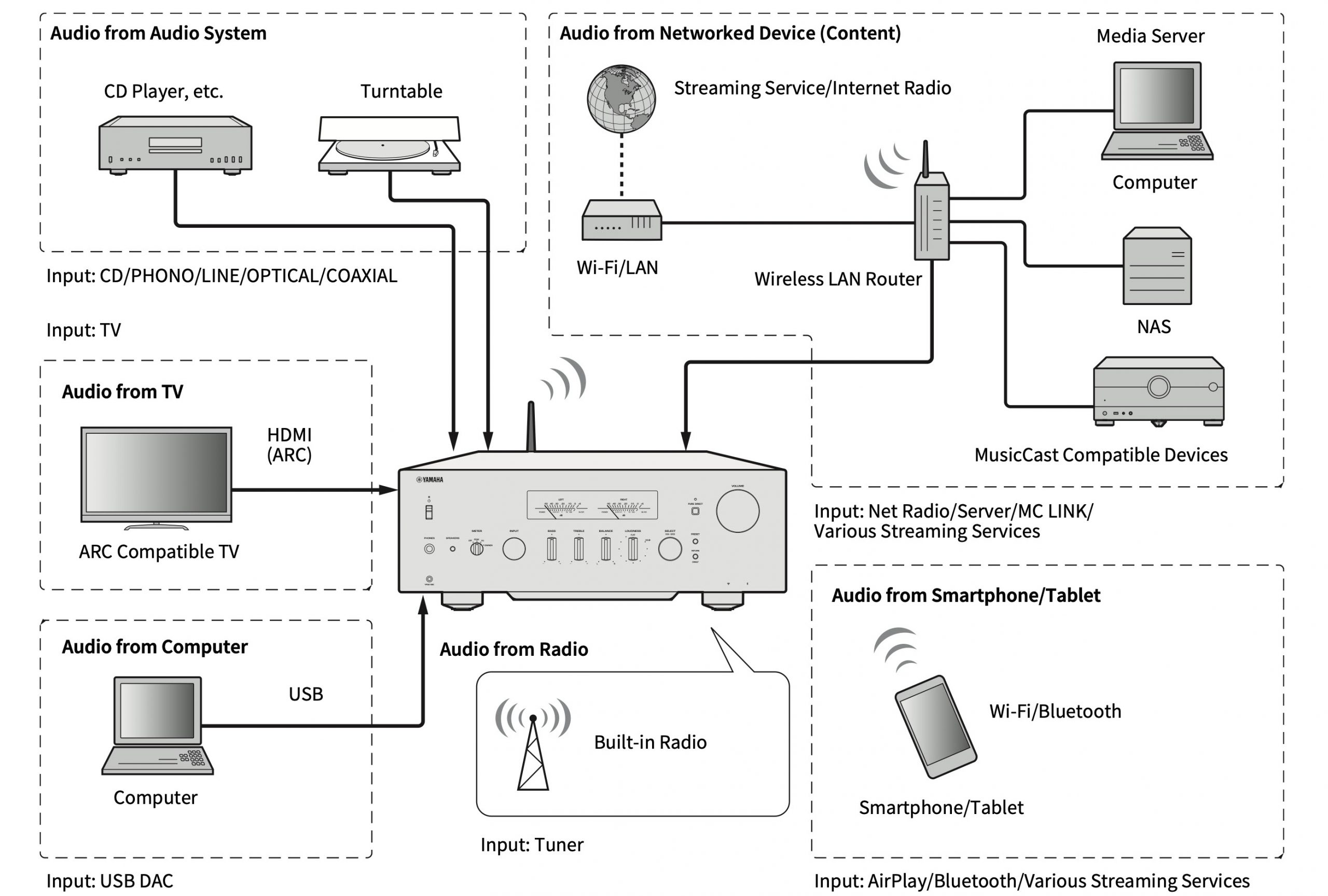
It is possible to “modernize” a vintage receiver for one type of digital source with a Bluetooth or streaming music adapter. Such devices convert modern digital signals to analog audio, which you can connect to the RCA aux inputs of your vintage receiver. Shea doesn’t recommend that approach, however. He says that vintage receivers were not designed to handle the wider dynamic range of digital music the way contemporary ones do. One metric he cites is the damping factor, which measures how much control the amplifier has over the woofer’s movement and, thus, the accuracy of the reproduction.
The RN-2000A’s damping factor is 200, whereas the CR-2020’s is only 40. “What will happen with a lower damping factor,” he explains, “is that, when the woofer moves, it will overshoot and undershoot the target a little bit.”
Design and Build Quality
Comparing the front panels of the RN-2000A and the CR-2020, you’ll notice some similarities. “We put in VU meters and paddle-shaped controls on the RN-2000A to get the retro look,” Shea explains.
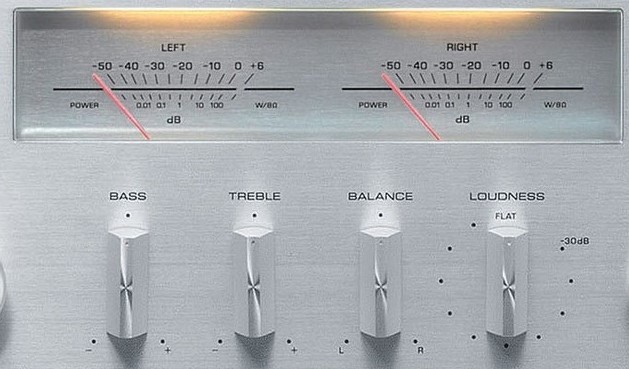
Despite the nod to vintage design, the RN-2000A offers one distinctly modern feature on its front panel: an OLED display that shows helpful information. “When you’re changing inputs, volume, or streaming sources,” Shea says, “you’ll see the updated information scroll across the bottom.”
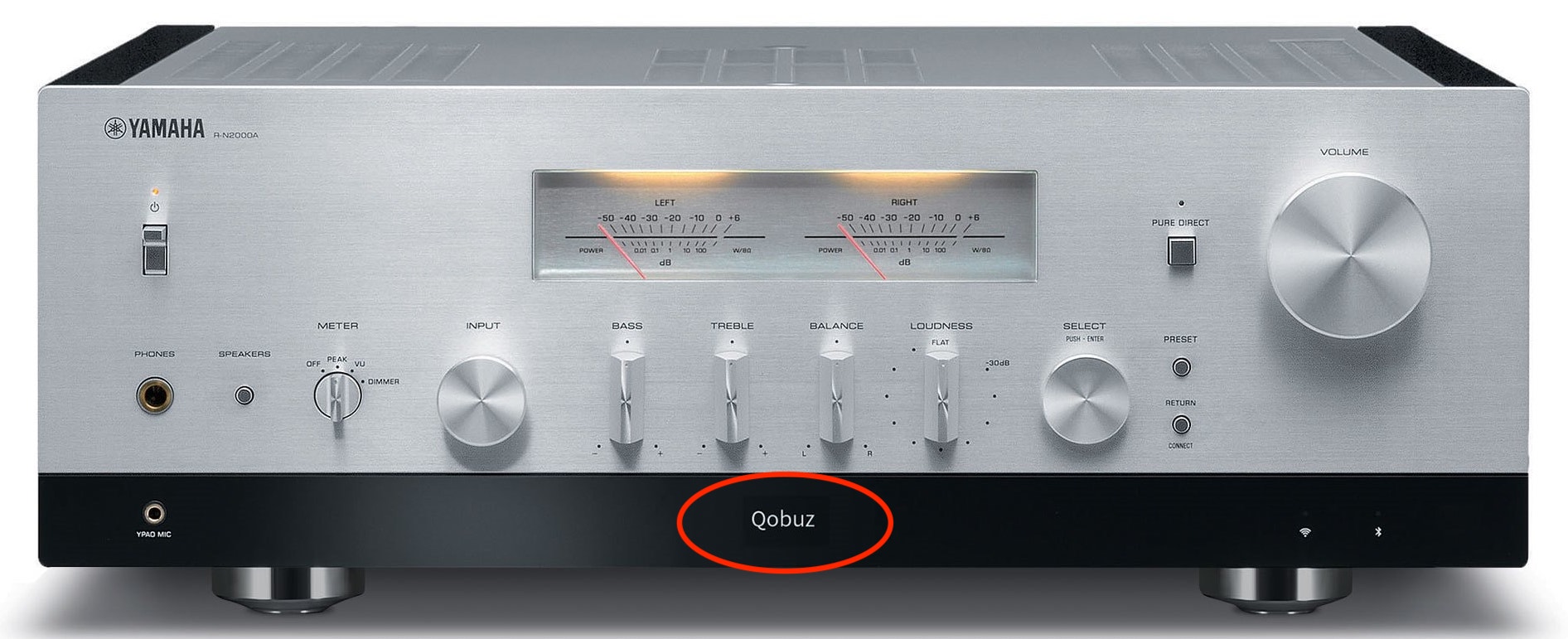
Both units are similar from a power standpoint, as requirements haven’t changed significantly since the late 1970s. The CR-2020 puts out 100 watts per channel at 8 ohms, and the RN-2000A gives you 90 watts per channel at 8 ohms.
The build quality of Yamaha receivers was excellent back then and, if anything, is even better today, thanks to technological innovations in manufacturing. But with either the RN-2000A or the CR-2020, you’ll get a solidly built, reliable unit.
Control
“Controlling the equipment is something we take for granted,” Shea says. “Everything comes with a handheld remote control. IR [infrared] remote controls didn’t go mainstream until the early 1980s.”
If you like controlling your receiver’s functions remotely, the RN-2000A has it all over the remote-less CR-2020. “In the 1970s,” says Shea, “lack of a remote control was never thought to be much of an issue, considering you had to get up and flip your record over every 25 minutes anyway.” There’s also something to be said for the simplicity of a remote-less Hi-Fi system compared to the “new normal,” where you’re juggling multiple remotes and maybe also controlling music from a mobile device.
Which to Choose?
It’s a testament to the quality of a vintage unit like the CR-2020 that it can even be mentioned in the same breath as the NR-2000A — after all, today’s components are designed with technology that’s almost fifty years more advanced. Yamaha engineers and designers have built on the expertise of those who came before them and pushed the engineering envelope along the way.
And there’s no denying that classic gear has a distinct coolness factor. If you only use analog sources, an older receiver like the CR-2020, particularly when paired with vintage speakers, will give you excellent-sounding results. But if you want to integrate digital audio, a contemporary receiver like the RN-2000A is the hands-down winner.











